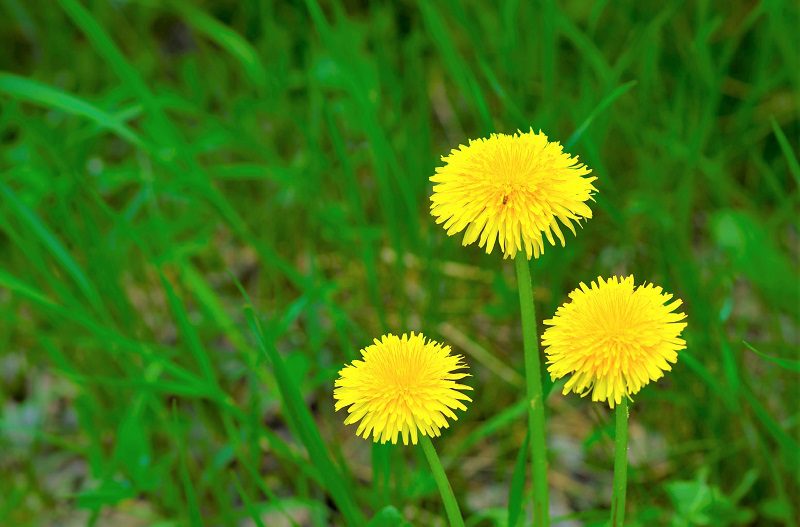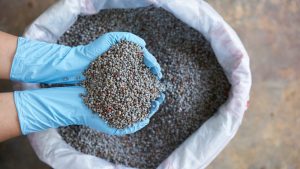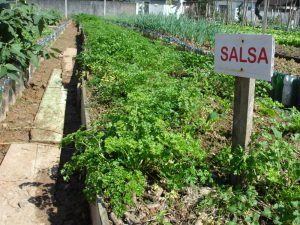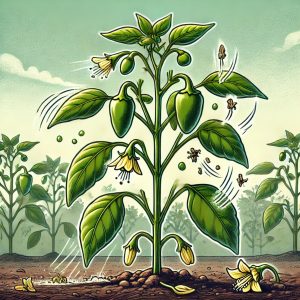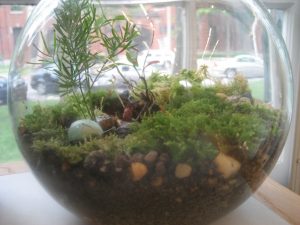Last Updated on November 24, 2023 by teamobn

These days, popular culture readily associates grass lawns with America’s quiet, middle-class suburbs. But, in fact, closely shorn, meticulously maintained ones first emerged in 17th century England, in the homes of wealthy landowners. Lawnmowers had yet to be invented, and only the rich could afford labourers to cut and weed turf. In time, they became a mark of affluence and status in Northern Europe.
European immigrants brought the idea – and the first seeds – to America. Once transplanted, the craze quickly caught on among the upper class of the soon-to-rebel English colony. George Washington and Thomas Jefferson had lawns.
However, as in Europe, most Americans – especially the working class – remained more concerned with the practical utility of their yards. Why grow useless grass when you can raise small livestock or vegetables on your property?
This changed after the Second World War when technology invaded the American suburbs in the form of the lawn mower. You no longer needed to hire a team of workers to maintain a luscious expanse of turf. With a lawnmower, the working-class husband could do it all over the weekends. That was when America went full-on crazy for green, carpet-smooth grass in suburban front and back yards.
Tips on Growing an Eco-Friendly and Lush Lawn
Contents
Fast-forward more than 50 years later, and lawns get a bad rap. The internet is buzzing with calls to abandon the now beloved middle-class lawncare culture for the sake of the environment. Even we at OBN have joined that clamour. Lawns are deserts of biodiversity, after all, and they consume vast amounts of energy, fertilizers, water, and time.
But is there really no compromise between a healthy lawn and caring for the environment? Is there no eco-friendly way to raise lovely, close-cropped turf in our yards?
Some experts say that, with a little creativity and extra work, it may be possible to grow an environment-friendly and lush lawn. Below are five tips to try, according to lawn experts.
1. Water your lawn deeply but infrequently.
Water your yard infrequently but deeply when needed, say the experts at the United States Golf Association (USGA). They should know a thing or two about maintaining vast expanses of grass, right? The USGA claims deep and infrequent watering allows moisture to soak into the roots. This encourages them to grow downward. You want that because roots that dig deep into the soil are less susceptible to heat and drought.
When you water, keep the sprinkler on for extended periods of time. Do so in the early morning, before the heat of the day increases evaporation rates. The amount of water you need is generally one to 1.5 inches each week. But when in doubt, take a walk across the grass. If your steps leave furrows on the turf, it’s time to turn on the sprinkler.
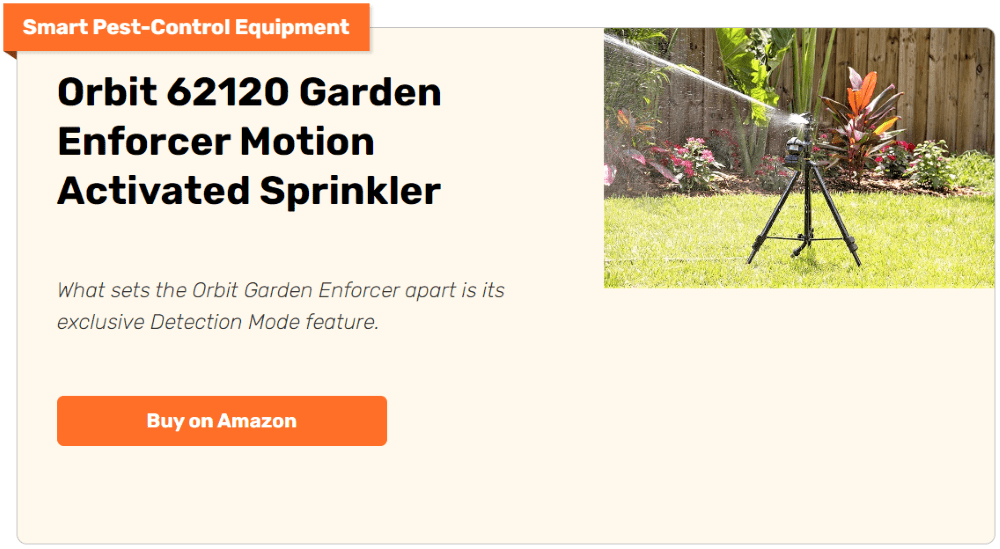
2. Use a push mower.
If gas prices haven’t convinced you to explore a more fuel-efficient way of mowing your lawn, perhaps the environment will. Push mowers don’t use gas, oil, and spark plugs. They also don’t produce exhaust to pollute the air. You get a little exercise pushing the mower around, too.
The absence of a motorized engine likewise means less maintenance. After mowing, you brush off the blades and remove the grass and dirt. Of course, it’s best to apply lubricant on the bearings and the cutting edge, but that’s it. Can lawn equipment maintenance be any easier?
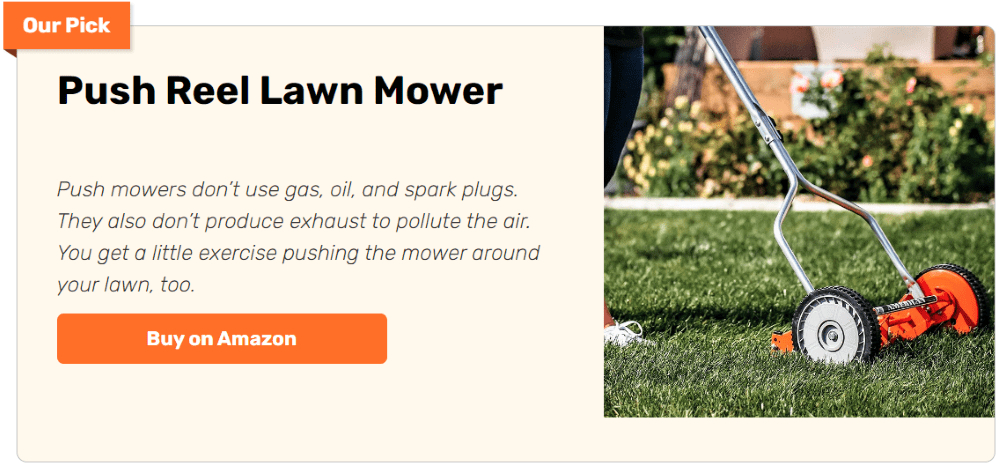
3. Let your grass get high, so to speak.
While close-cropped grass looks good and neat, most lawn experts say it’s best to let it grow a little. (No, you don’t want foot-high grass on your lawn.) Melissa Ozawa features editor over at Martha Stewart, suggests that you adjust your lawnmower between three and three-and-a-half inches high.
“The blades of grass will have more surface area for the sun to shine on, which means more photosynthesis,” says Ms. Ozawa.
This, of course, makes perfect sense. The grass blade is the food-producing part of the grass plant. This is where photosynthesis takes place. The shorter it is, the less food your grass will be able to produce for itself. So, allowing the grass to grow a little longer keeps your lawn green and healthy.
Green gardeners will also tell you that keeping your grass will save you water. Longer grass blades will shade the ground underneath. The shade keeps the ground cooler, so your turf won’t dry as quickly as when it’s mowed short. This reduces the need for supplemental water.
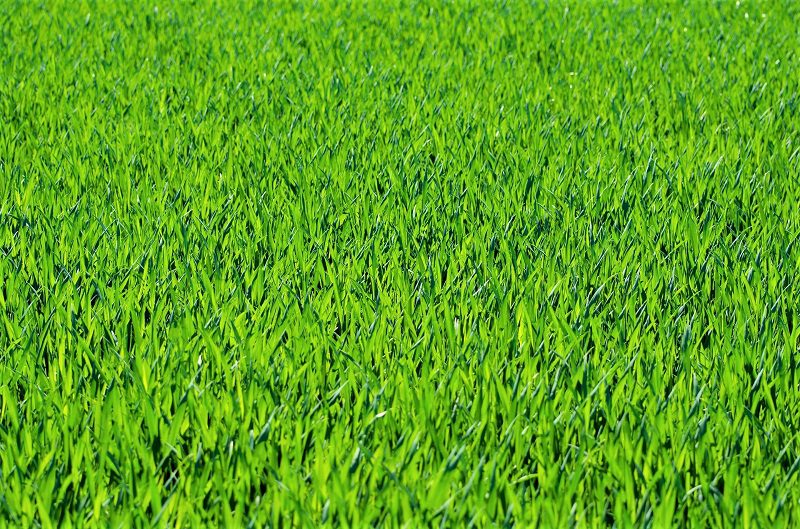
4. Make your own autumn fertilizer.
Lawn fertilizers for autumn are rich in root-promoting phosphorus and low in nitrogen. This is not a bad idea at all. In fact, the lopsided ratio is perfect for keeping roots growing throughout winter. Strong roots will be more resilient to drought in the spring.
But phosphorus is a finite resource. It’s also crucial to the world’s food supply system which is already running low. This is why lavishing your lawn is not just extravagant, it’s downright irresponsible.
Happily, there is a renewable source of phosphates growing in your back garden. Dandelion roots are rich in phosphates. “Dig some up and soak them in a bucket of water for a couple of weeks before watering on to your lawn,” suggests Lea Leendertz of The Guardian.
5. Make some way for weeds.
Weeds – or wild flowers – get a worse rap than lawns, but that should not be the case. The fact is more and more gardeners are starting to appreciate the practical beauty of wildflowers. They are certainly more environment-friendly than your grass turf. They attract pollinators and create habitats for beneficial insects. That’s why we suggest that you ditch synthetic weedkillers altogether.
Ms. Leendertz points out that no weed gets out of hand when you mow regularly. She’s right, of course. This means you can use mowing as your weed control rather than a potentially noxious, store-bought weedkiller. Remember, too, that weedkillers will kill your daisies. And what lawn is complete without some daisies?
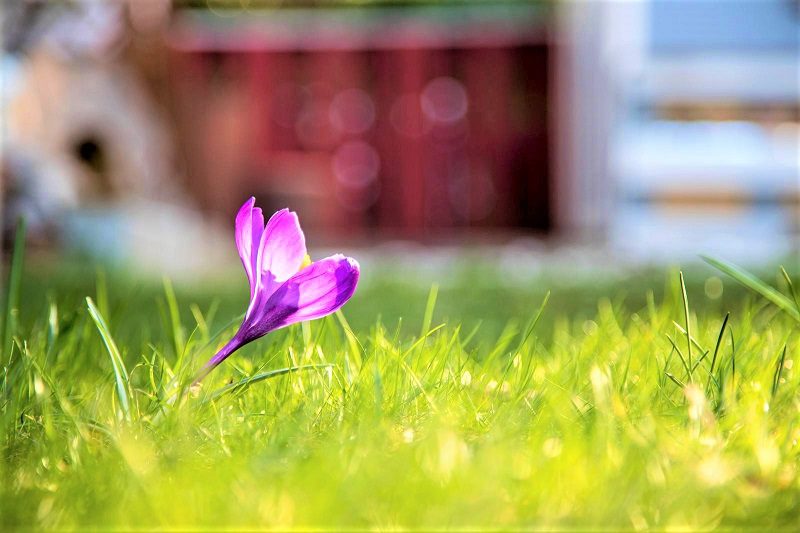
The health and cleanliness of the environment have never been more important. We should all do our share in caring for it. You can start with your eco-friendly lawn. Incorporating an eco-friendly maintenance schedule into your lawncare routine will help to nourish and restore the natural environment. It will also provide your home with a beautiful, inviting yard that is much simpler and much easier to maintain.
The Wrap Up
This comprehensive guide empowers you to transform your lawn into a thriving, eco-friendly landscape. Through a strategic six-step approach, this covers essential aspects of cultivating a green haven. From selecting the right grass varieties to adopting sustainable maintenance practices, the guide provides practical insights to create an aesthetically pleasing and environmentally conscious lawn.
This resource is designed to educate and inspire you, regardless of your level of expertise, offering a roadmap to achieve a healthy, sustainable, and visually appealing outdoor space.

